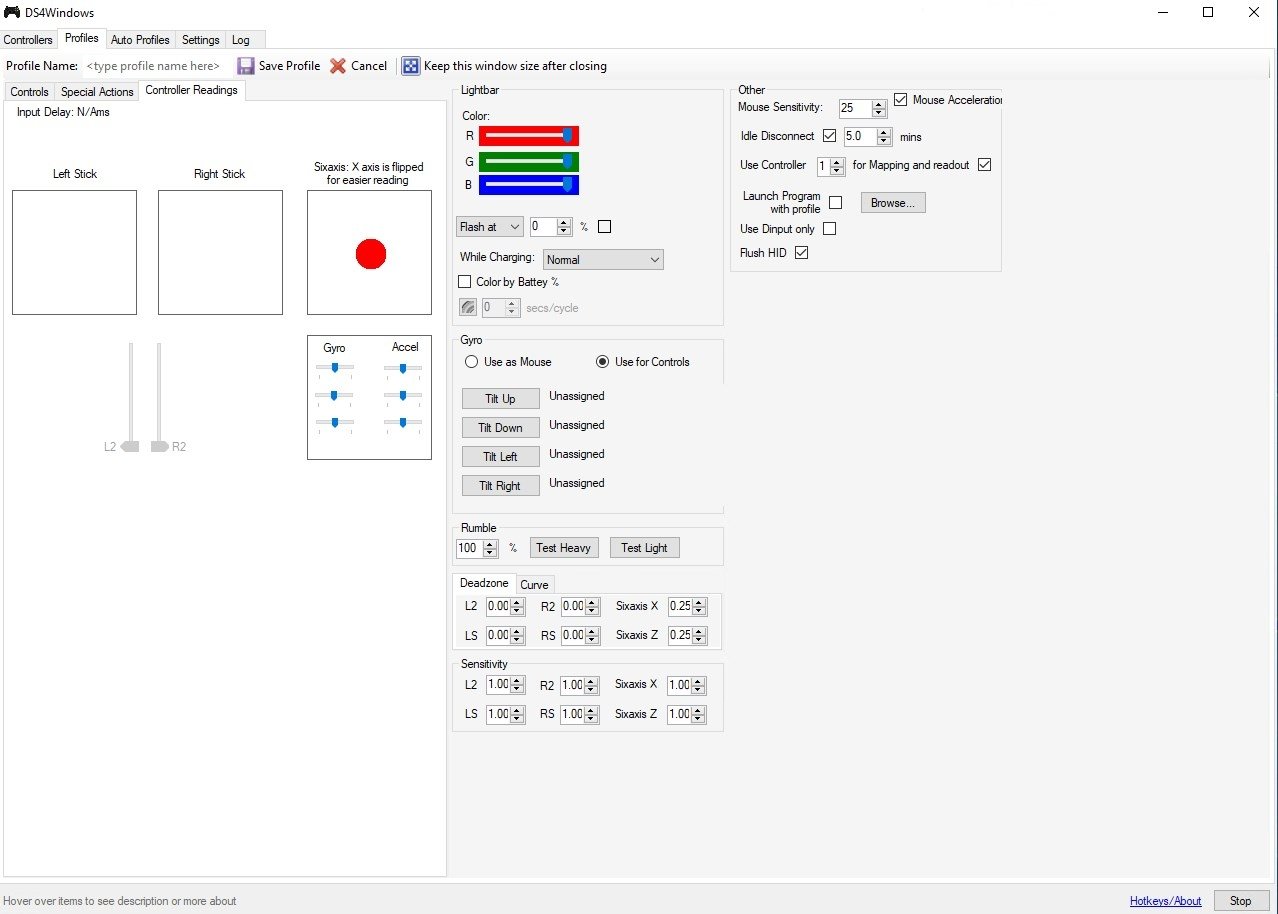
There was also a 1.6-litre engine offering 155 kW (211 PS) and 285 Nm of torque, only be available for the DS4 hatchback. Petrol engines included a 96 kW (131 PS) and 230 Nm 1.2-litre engine mated to a 6-speed transmission which was available on the hatchback and Crossback versions and a 121 kW (165 PS) and 240 Nm 1,6-litre engine mated to a 6-speed automatic transmission.
DS 4 WINDOWS DRIVER
The DS 4 also features a panoramic windscreen offering 45 degree upward vision for greater visibility while both the driver and passenger have rigid individual blinds and folding sun shields. The interior has been refined with door panels upholstered in Nappa leather while the seats are upholstered in semi-analine leather featuring a signature 'watch-strap' design. The facelift also introduces the DS 4 Crossback variation, fitted with large black wheels, wheel arch trims and roof bars. The revised model no longer featured Citroën badges, with the 'DS Wings' grille design. In August 2015, the facelifted DS 4 was announced by DS Automobiles, as part of their separation from Citroën to become a standalone brand. Production of the DS 4 ended in April 2018. German magazine Auto Bild, and its partner magazines throughout Europe, have given it first prize for design, in its category in the contest Design Award.
DS 4 WINDOWS SERIES
It was elected Most Beautiful Car of the Year at the International Automobile Festival, beating BMW’s new F10 5 Series and Honda's new CR-Z hybrid car. The DS 4's styling has been very well received by the international press. The boot is 385 litres or 1021 litres with the back seats folded down. The DS 4 is available with Start&Stop technology and Citroën says that the battery has been optimised to withstand up to 600,000 starting cycles. The engine line up differs significantly. There was also a 2-liter diesel displacing 1,997 cc and producing 163 PS (120 kW).

Citroën initially offered two diesel engines in the DS 4 – the HDi 110, a 1,560 cc four-cylinder that put out 112 PS (82 kW) and the four-cylinder HDi 160 also found in the sedan Citroën C5. The most powerful engine option was the THP 200, a variation of the THP 155, but with an output of 200 PS (147 kW).

DS 4 WINDOWS MANUAL
It put out 156 PS (115 kW) thanks to a twin-scroll turbocharger and dual overhead cams, and used a six-speed manual transmission. The next engine up was the THP 155, essentially a turbocharged version of the VTi. As its name implies it came with variable valve timing. The base VTi 120 was normally aspirated and put out 120 PS (88 kW). Īt launch, the petrol engines that powered the DS 4 were all a product of a collaboration between PSA and BMW, all being 1,598 cc four-cylinder, 16 valve units. The rear windows are fixed, and do not slide down or open outwards. It features raised suspension to resemble a compact SUV and repositioned door handles to give it a coupé like silhouette. Based upon the Citroën C4 II, the first generation was officially launched internationally in March 2011, but already on sale in some countries by the end of 2010.


 0 kommentar(er)
0 kommentar(er)
